The Sock Hop Continues (Page Two)
Us guys now get to show the girls how real hula hooping is done....
Men To The Floor And Defend Our Honor!

"I thought this was easy!!"

"Ah... I got it, hold it with both hands!"

Look... We all have it now
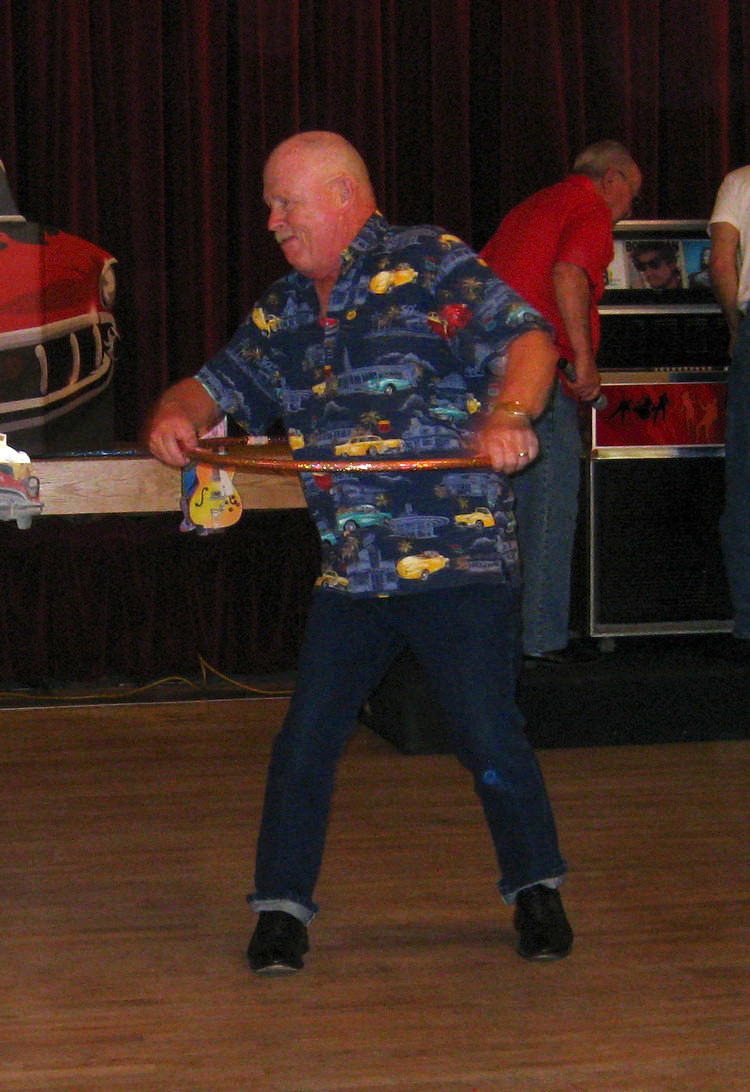
Restart!

"Maybe the girls can give us a hand!!"
Thank Goodness The "Contest" Was Over!

We thought she was signaling Lexus... Then we found out the truth! It
hurt!
How About Some Semi-Line Dancing?
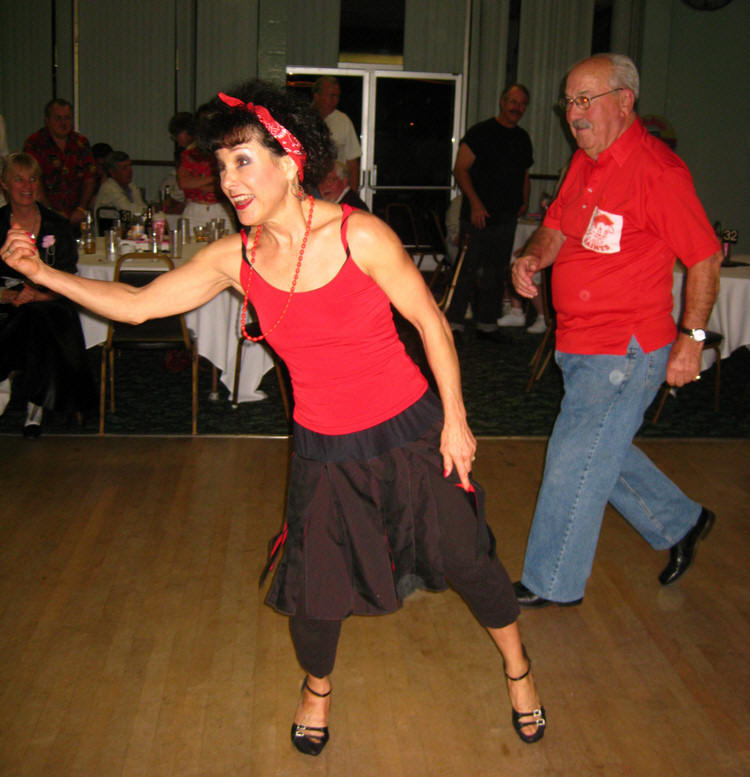
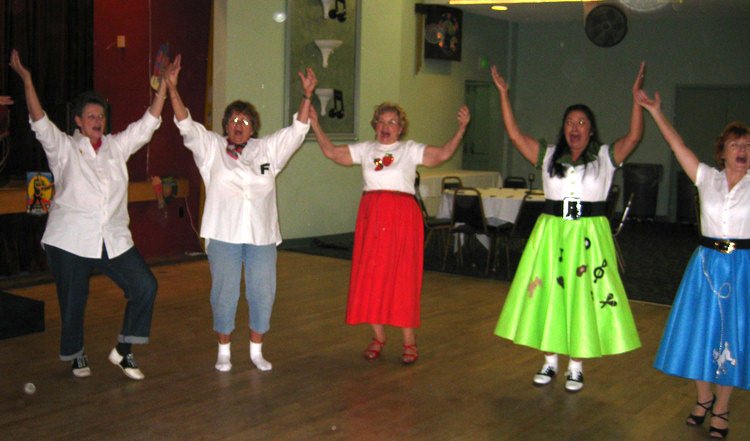
The ladies jumped at this opportunity
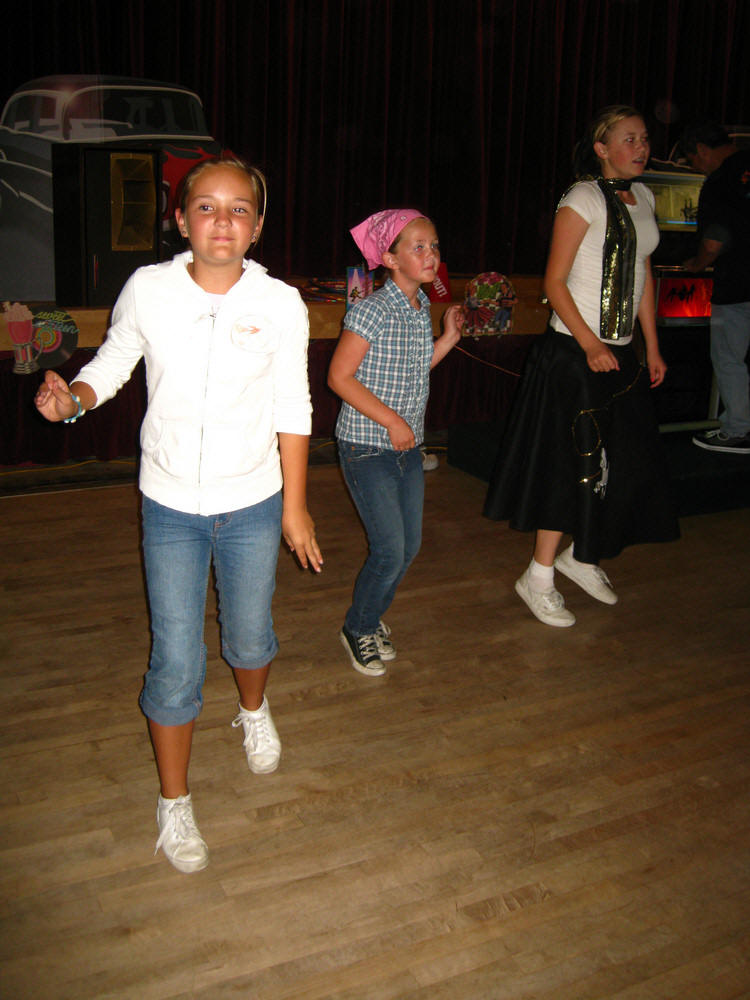
The girls helped!
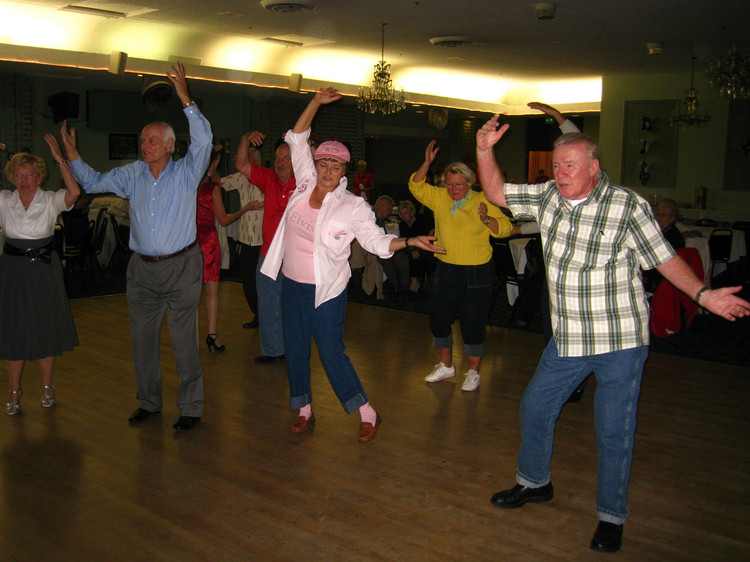
A little YMCA anyone??
Watch Out.... Coming Through... The Soul Train!

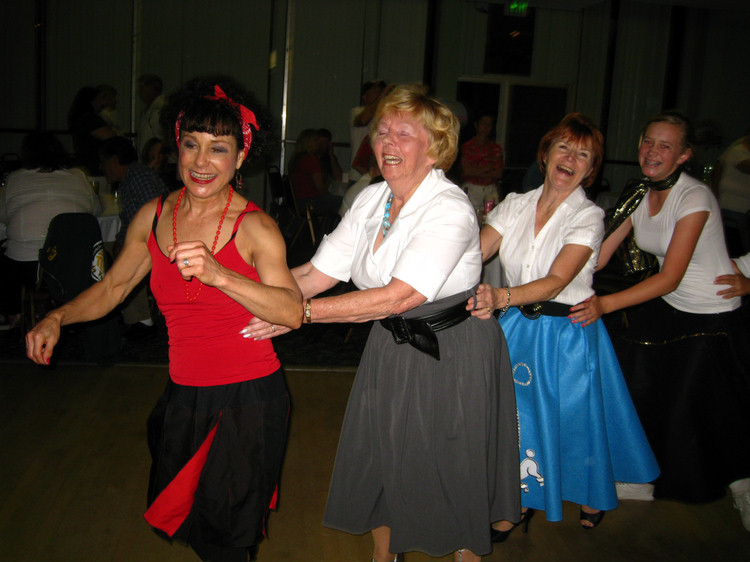
Bob Finds The Hokey Pokey On The Juke Box
Did You Know? - According to one account, in 1940, during the Blitz in London, a Canadian officer suggested to Al Tabor, a British bandleader of the 1920s, 1930s and 1940s that he write a party song with actions similar to "Under the Spreading Chestnut Tree". The inspiration for the song's title, "The Hokey Pokey", that resulted, came from an ice cream vendor whom Al had heard as a boy, calling out "Hokey pokey penny a lump. Have a lick make you jump".
He changed the name to "The Hokey Cokey" at the suggestion of the officer who said that 'hokey cokey', in Canada, meant 'crazy' and would sound better. A well known lyricist/songwriter/music publisher of the time, Jimmy Kennedy, reneged on a financial agreement to promote and publish it, and finally Al settled out of court, giving up all rights to the number. There had been many theories and conjectures about the meaning of the words "Hokey Pokey", and of their origin.
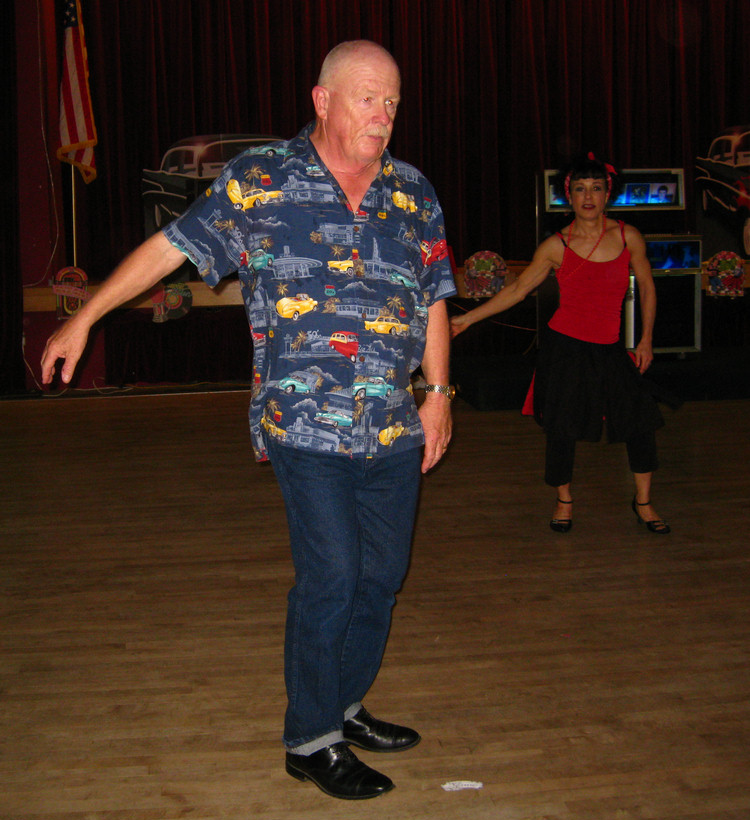
Something about arms???
Did you know? - Some believe its origins were earlier than WWII.
"A song rendered ("with appropriate gestures") by two Canterbury sisters while on a visit to Bridgewater, N.H. in 1857 starts thus:
I put my right hand in,
I put my right hand out,
I give my right hand a shake, shake shake
And I turn myself about.
As the song continues, the "left hand" is put in, then the "right foot," then the "left foot," then "my whole head."

Left arm in! Got it!

Half was through "That's what it is all about!"

"OK, what's next???"
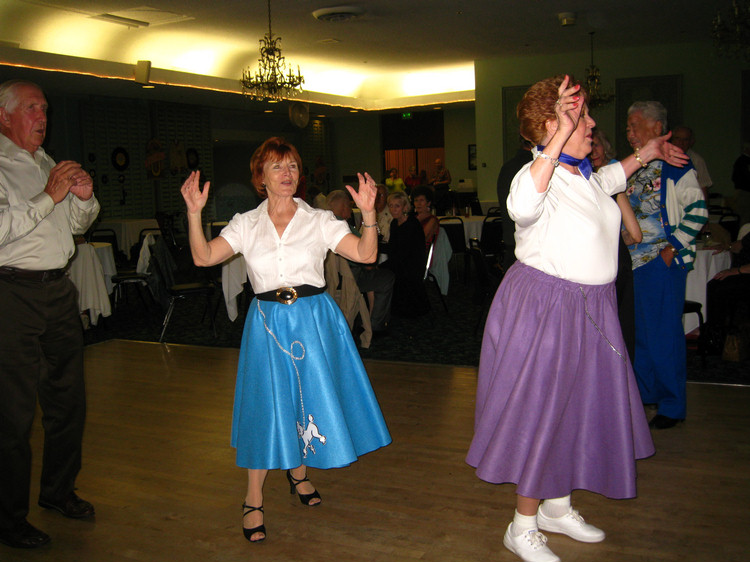
Turn turn turn

Left elbow in!
Did you know? - Known as the Hokey Pokey, it became popular in the USA in the 1950s. Larry LaPrise, Charles Macak and Tafit Baker were granted the copyright for the song in 1950. According to popular legend they created this novelty dance in 1949 as entertainment for the ski crowd at Idaho's Sun Valley resort.
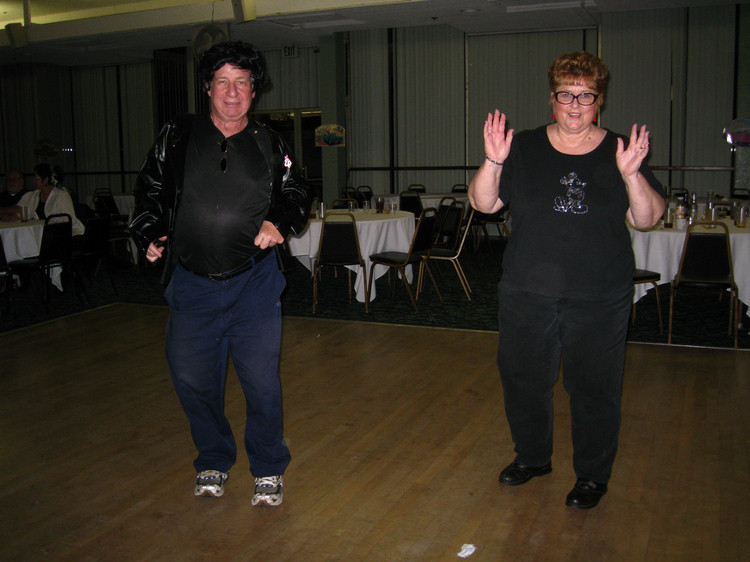
Put your whole self in...
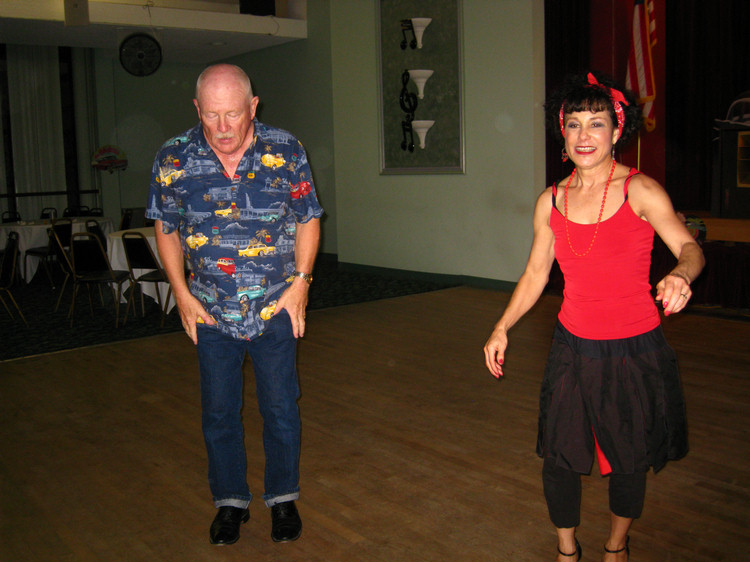
Whole self out....

That's what it is all about!
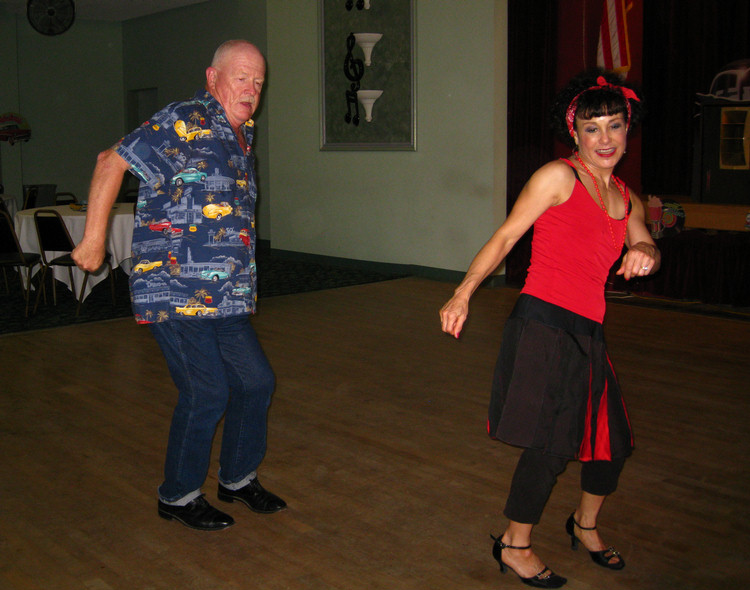

I give up!

Put your rear end in!
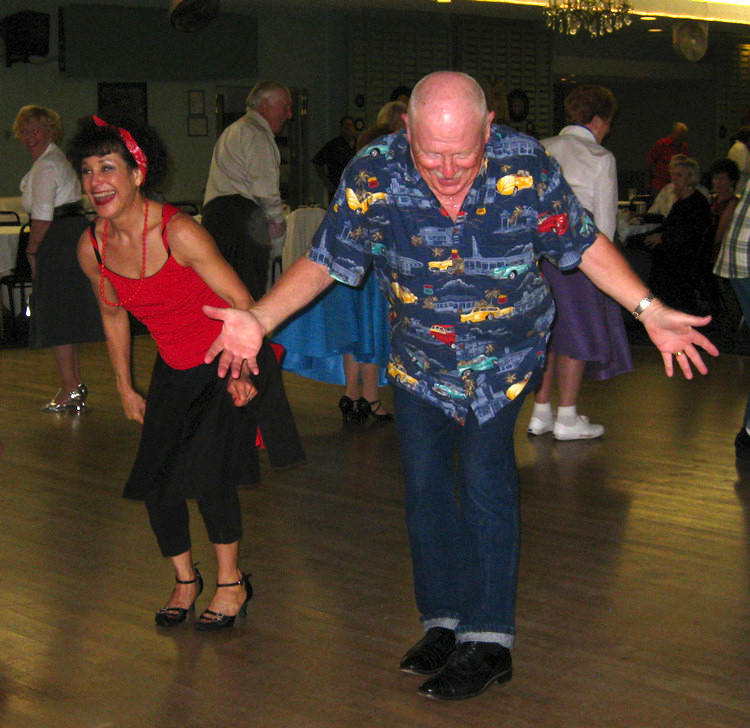
Time To Rest
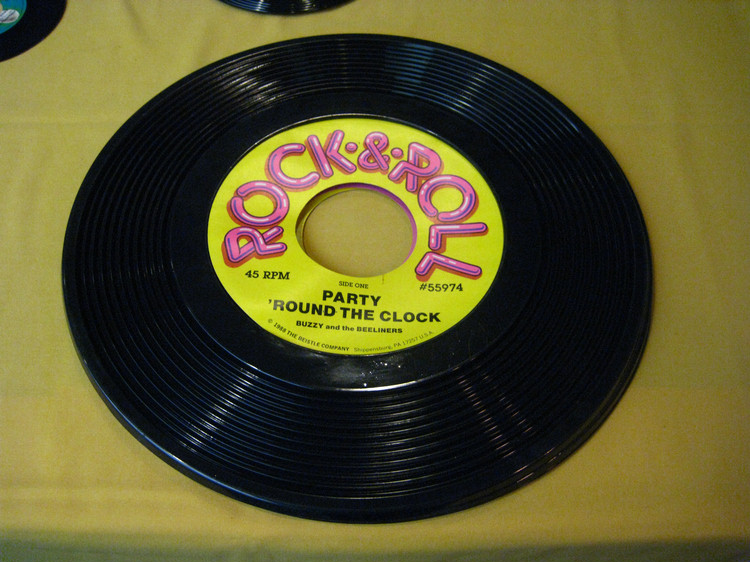
Did you know? - A gramophone record, commonly known as phonograph record, vinyl record (when made of polyvinyl chloride), or simply record, is an analog sound storage medium consisting of a flat disc with an inscribed, modulated spiral groove. The groove usually starts near the periphery and ends near the centre of the disc.
Gramophone records were the primary medium used for commercial music reproduction for most of the 20th century, replacing the phonograph cylinder by the 1920s. They were largely supplanted by the late 1980s by digital media, leaving the mainstream in 1991.
We loved our records back in the day!
Did you know? - By 1925, the speed of the record became standardized at a nominal value of 78 rpm. However, the standard was to differ between America and the rest of the world. The actual 78 speed in America was 78.26 rpm, being the speed of 3600 rpm synchronous motor (run from 60 Hz supply) reduced by 46:1 gearing. Throughout the rest of the world, 77.92 rpm was adopted being the speed of a 3000 rpm synchronous motor powered by a 50 Hz supply and reduced by 38.5:1 gearing.

The commercial rivalry between RCA Victor and Columbia Records led to RCA Victor's introduction of what it had intended to be a competing vinyl format, the 7-inch (175 mm) 45-rpm disc. For a two-year period from 1948 to 1950, record companies and consumers faced uncertainty over which of these formats would ultimately prevail in what was known as the "War of the Speeds". But the 45-rpm size was gaining in popularity, too, and Columbia issued its first 45s in February 1951. By 1954, 200 million 45s had been sold.
The 45-rpm discs also came in a variety known as extended play (EP) which achieved up to 10–15 minutes play at the expense of attenuating (and possibly compressing) the sound to reduce the width required by the groove. EP discs were generally used to reissue LP albums on the smaller format for those people who had only 45 rpm players. LP albums could be purchased 1 EP at a time, with four songs per EP, or in a boxed set with 3 EPs or 12 songs. The large center hole on 45s allows for easier handling by jukebox mechanisms. EPs were generally discontinued by the late 1950s as three- and four-speed record players replaced the individual 45 players. One indication of the decline of the 45-rpm EP is that the last Columbia Records reissue of Frank Sinatra songs on 45-rpm EP records, called "Frank Sinatra" (Columbia B-2641) was issued December 7, 1959.
Everything Is Normal, Our Group Was The Last People Standing!

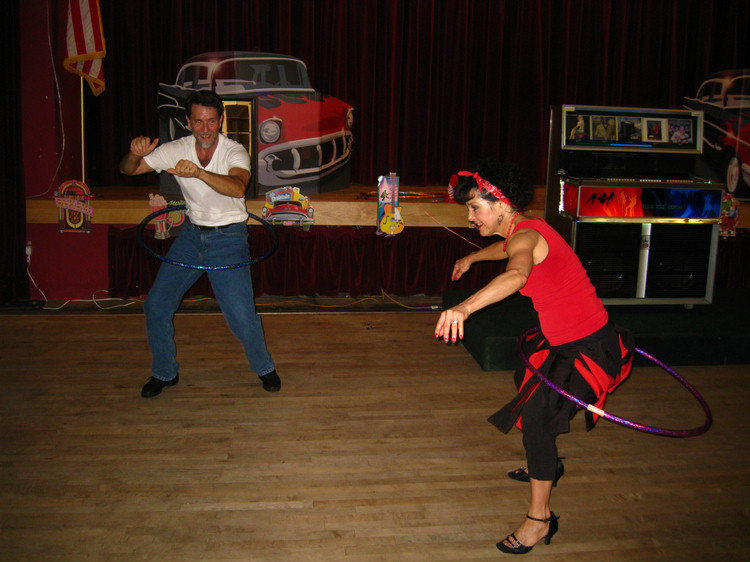
Bob and Donna were NOT going to let the hoop get the better of them!!!
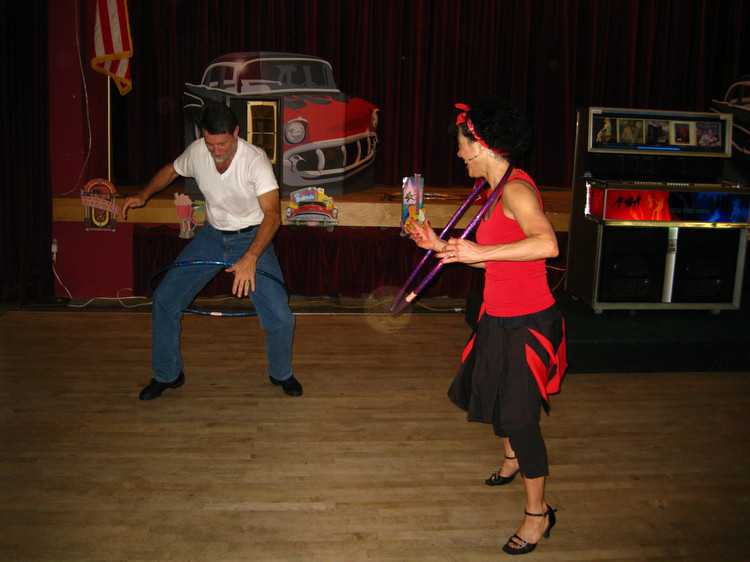
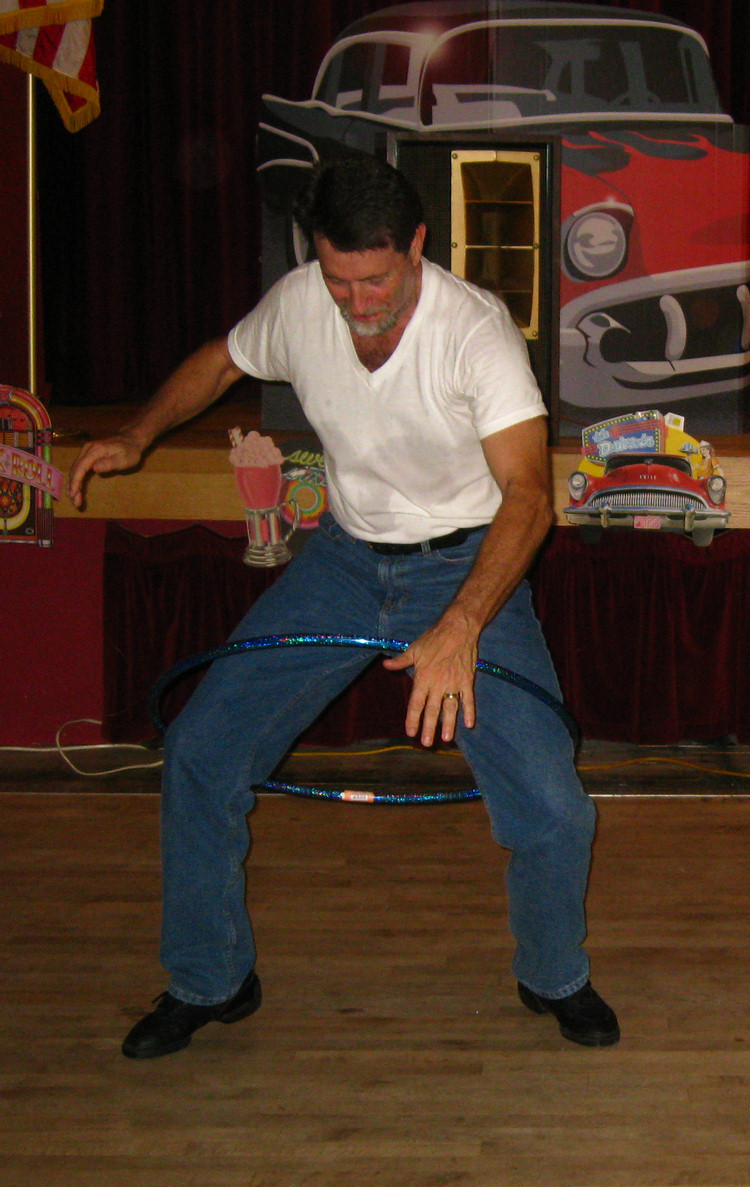
Well Maybe the hoop will get the better of Bob!
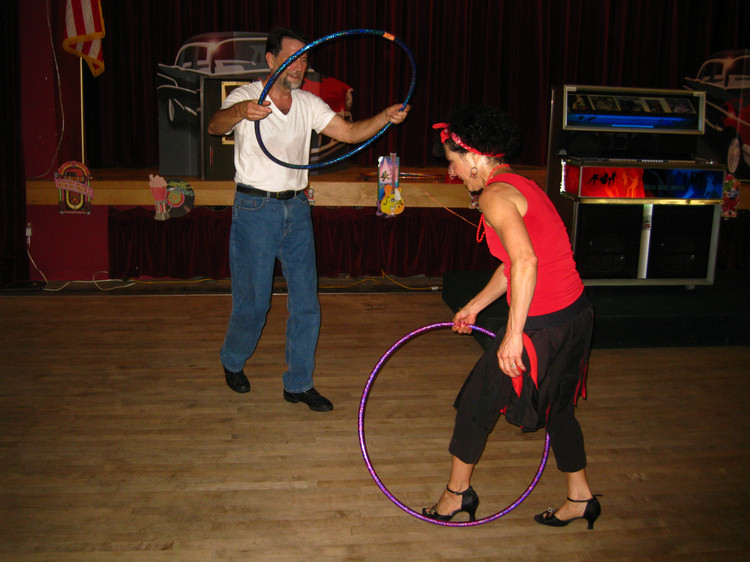
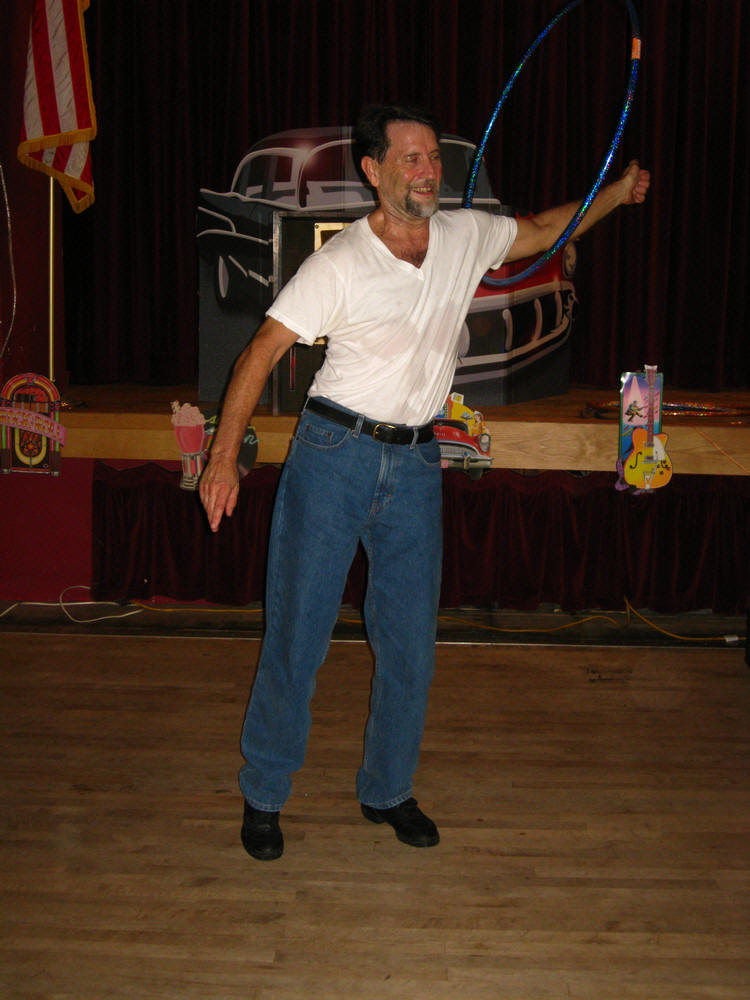
No Bob, see rule #3!
